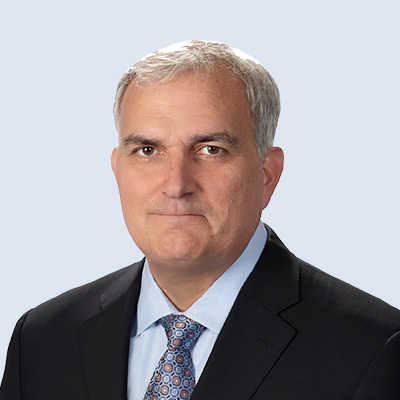Physician Engagement Trends

Survey indicates while volumes increase, access remains restricted.
Healthcare sales are undergoing a rapid transformation in the Medical Device, Pharmaceutical and Digital Health sectors. We recently surveyed over 100 U.S. physicians across multiple practice areas. Our goal was to understand physician’s current interactions with healthcare vendors, including their near-term preferences and satisfaction levels.
COVID-19 volumes continue to determine access
As vaccinations roll out across the U.S., patient volumes are slowly increasing, with expectations of returning to 100% of pre-COVID-19 levels by Q4 of 2021. However, physicians have concerns about the certainty of patient volumes, with one-third (33%) being concerned or very concerned about patient volumes over the next 12 months.
Hospital vendor access is still restricted, with less than 25% of physicians reporting that vendors have unrestricted access. Only 8-18% of hospitals allow Medical Device, Pharmaceutical and Healthcare Technology reps to participate in medical procedures. However, 43% of physicians indicated that Pharmaceutical reps have the highest level of vendor-restricted access. Our survey respondents expect access to remain restricted throughout 2021, with expectations of reaching 57% of pre-COVID-19 level access by Q4 2021.
Takeaway: While patient volume is increasing, vendor access remains limited, with Pharmaceutical reps having the most access of the three healthcare sectors studied.
Physicians have limited time for engagement
Approximately 40% of physicians are currently satisfied with virtual interactions, while only 28% expect they will continue to prefer virtual interactions in the future. Overall, physicians have a willingness to meet in person, but their time is scarce. On average, physicians have a little over 10 minutes for in-person meetings, 7.5 minutes for virtual calls, and 6 minutes for phone calls. To make the most of this time, vendors must determine the best ways to engage physicians within that short time.
While hospital access remains limited, the reason for admission should be noted. Our respondents and client leaders shared that some hospitals allow current reps to help manage processes rather than create competitive opportunities. Hospitals have also given full access to service techs to ensure equipment uptime, a visit not always related to patient outcomes.
Our clients and executive roundtable participants echoed the same sentiment. If you already have access, you can get in. If you don’t currently have access to hospitals or physicians, they will have a challenging time getting onsite access.
Takeaway: For vendors who currently have access, they have a short time to engage physicians, but may leverage vendor management and service opportunities.
Selling in the new environment
For the three healthcare sectors, physicians noted their primary reasons for vendor engagement are clinical outcomes (53-73%) and product education (39-49%). Patient benefits were also a significant factor for Healthcare Tech firms, with 51% of physicians citing it as a primary reason to speak with vendors.
Healthcare customers have less buy-in time to make decisions. While some industry leaders have had success with Zoom calls, leveraging online awareness is essential to the physician-as-buyer journey.
Customer engagement strategies should consider how physicians consume information. Digital information is now more widely accepted, due in part to the changing age demographics of today’s physicians. Where physicians nearing retirement have been less attuned to receiving and consuming digital information, the younger generations of physicians are accustomed to receiving and searching out digital product data and innovation information.
COVID-19 revolutionized how product data is distributed, with vendors developing digital and omnichannel strategies. The next step will require Medical Device, Pharmaceutical and Healthcare Technology firms to create presentation materials that enhance physician engagement. Today’s presentations are “virtual PowerPoint slides and PDFs,” which need improvement to capture physician interest. Driving technology improvements in an industry that doesn’t take well to technology changes is imperative for healthcare sales organizations.
Takeaway: Vendors in all three sectors are still searching for the right balance of virtual to in-person engagement, leveraging digital channels to drive successful physician engagement.
The bottom line
Alexander Group’s physician survey and executive clients have shared that physicians’ decisions are primarily based on product reimbursement rates, value analysis and clinical outcomes. Hospitals and physicians are not only focused on continued safety during the pandemic era, but also spend.
Takeaway: Physicians are willing to consider new therapeutic alternatives, but clinical and financial information remains essential.
Alexander Group’s 2021 Leadership Series
Join us for our Healthcare Virtual Roundtable Series where executives meet to share the latest trends in healthcare revenue operations. Learn more about attendance here.
Our 2021 Forums, focused on the 24X7 Customer Experience, take place in June and November. Register now to learn Customer Experience insights from world-class sales operations leaders.